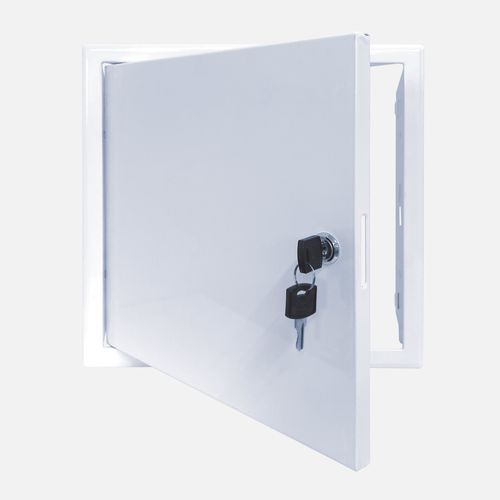Wall & Ceiling Hatches
- Tired of rainwater, leaves, snow, and small animals often entering the home’s ductwork? A wall hatch can fill small spaces between walls and prevent them from entering those gaps. Likewise, a ceiling hatch can prevent rainwater from dripping through ceiling walls. Building a secret access panel? Head over to ArchiPro and choose high-end materials to get the job done in the right manner.Why ArchiPro?
No more endless searching -
Everything you need, all in one place.Real projects, real experts -
Work with vetted architects, designers, and suppliers.Designed for New Zealand -
Projects, products, and professionals that meet local standards.From inspiration to reality -
Find your style and connect with the experts behind it.Start your Project
Start you project with a free account to unlock features designed to help you simplify your building project.
Learn MoreBecome a Pro
Showcase your business on ArchiPro and join industry leading brands showcasing their products and expertise.
Learn More
